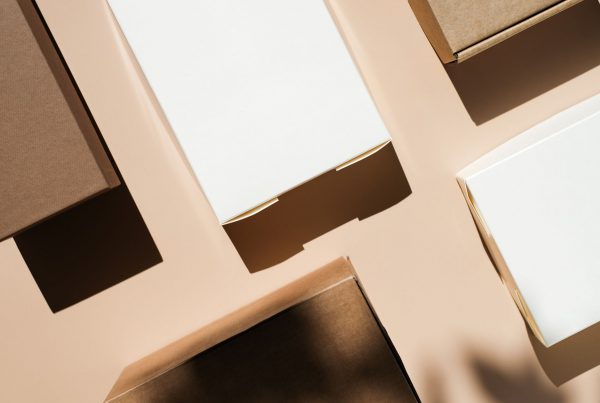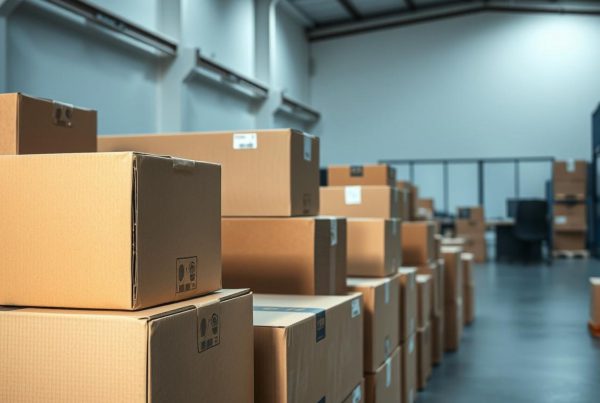If you’re reading this, chances are you’re about to embark on the exciting (and sometimes daunting) journey of moving homes. I’ve been in the moving business for years, and trust me, I’ve seen it all. From the couple who tried to stuff their entire library into a single box to the family that ran out of boxes on moving day. Let’s make sure you’re not one of them, shall we?
Understanding Different Types of Moving Boxes
Heavy Duty Moving Boxes
Remember that time you tried to lift a box, and the bottom gave out? Yeah, not fun. That’s where heavy duty moving boxes come in. They’re sturdy and perfect for those heavier items. I once had a client who packed all her gym weights into one. It held up like a champ! These boxes are also ideal for:
- Kitchen Appliances
- Electronics
- Fragile items that need extra protection
Book Boxes for Moving
Ah, books. They seem light until you try to pack a hundred of them together. That’s why book boxes for moving are a lifesaver. They’re designed to handle the weight without being too bulky. Pro tip: Don’t overstuff them! Here’s a quick guide on packing books:
- Sort by size and weight.
- Lay heavier books flat.
- Fill gaps with lighter, paperback books.
- Always label the box’s content and room.
18x18x18 Moving Boxes
The 18x18x18 moving boxes are like the Swiss Army knife of boxes. They’re versatile and fit a variety of items. I’ve seen folks use them for toys, kitchenware, and even shoes. Here’s a breakdown of what you can fit:
- Toys: Dolls, board games, and action figures.
- Kitchenware: Pots, pans, and Tupperware.
- Clothing: Folded shirts, pants, and even some shoes.
- Miscellaneous: Craft supplies, office items, and more.
Extra Large Moving Boxes
For those big, awkward items (looking at you, giant teddy bear), extra large moving boxes are your best friends. They can handle bulk without breaking a sweat. But what else can you pack in them? Let’s see:
- Bedding: Comforters, pillows, and blankets.
- Large Toys: Think ride-on cars or big dollhouses.
- Bulky Winter Wear: Those puffy jackets and snow boots.
- Home Décor: Large vases, lamps, and wall art.
The Right Box for the Right Item
Choosing the right box isn’t just about size; it’s about ensuring your items are protected during the move. So, before you buy moving boxes, consider what you’re packing. And if you’re ever in doubt, remember: it’s better to have more boxes than not enough. After all, you can always buy moving boxes in bulk and save a bit while you’re at it!
Buying in Bulk: The Advantages
The Cost-Effectiveness
When you buy moving boxes in bulk, you’re not just saving money; you’re saving the future from a mid-move panic. Plus, bulk moving boxes often come at a discount. Win-win!
Where to Source Your Moving Boxes
Wondering where can I get boxes for moving. Look no further. From standard to specialized boxes, The Boxery has got you covered.
The Importance of Moving Kits
Think of moving kits as your moving starter pack. They come with a variety of boxes, packing materials, and sometimes even packing labels for moving. It’s like a moving care package!
Labeling: An Essential Step in the Moving Process
Ever spent hours searching for that one box with your coffee maker? Labels to the rescue! Using packing labels for moving ensures you know where everything is. It’s a game-changer, trust me.
Timing is Everything: When to Start Packing
The early bird gets the worm, or in this case, a stress-free move. Not sure when to start packing for a move? The Boxery’s blog has some great insights. In my experience, starting early and pacing yourself is the way to go.
Estimating the Number of Boxes Needed
Alright, let’s get down to the nitty-gritty. One of the most common questions I get is, “How many boxes do I really need?” Well, it’s not a one-size-fits-all answer. Several factors come into play:
Factors to Consider
- Size of your house: Naturally, a larger home means more stuff. But it’s not just about square footage; think about storage spaces, attics, and basements.
- Number of occupants: More people usually mean more belongings. Kids, in particular, come with a surprising amount of stuff.
- Your lifestyle: Are you a minimalist with just the essentials, or a maximalist with collections galore? This will heavily influence your box count.
- Types of items you own: Got a library? You’ll need more book boxes for moving. Avid shoe collector? Those 18x18x18 moving boxes might come in handy.
General Box Estimation Guide
- Studio: 10-20 boxes: Think minimal furniture and fewer personal items.
- 1 Bedroom: 20-40 boxes: A bit more furniture and personal items, maybe even some decor pieces.
- 2 Bedroom: 40-60 boxes: More rooms mean more furniture, decor, and personal belongings.
- 3+ Bedroom: 60+ boxes: Larger families or those with lots of items will need a good number of boxes.
Pro Tips
- Always get a few extra boxes, especially if you’re unsure. It’s better to have a couple left over than to run out mid-packing.
- Consider buying in bulk. Not only can it save you money, but it also ensures you have a consistent box size, which can make loading the moving truck more efficient.
- Don’t forget specialty boxes like heavy duty ones for appliances or fragile items.
Remember, estimating is just that – an estimate. Your needs might vary, but with this guide, you’re on the right track to buy moving boxes that’ll suit your move perfectly.
Conclusion
Moving doesn’t have to be a Herculean task. With the right boxes, a bit of planning, and maybe some fun tunes, you’ll be settling into your new place in no time. Happy moving!
About the Company
The Boxery is your one-stop shop for all things moving. From boxes to packing supplies, they’ve got everything you need to make your move smooth and hassle-free. With years of experience in the industry, they understand the ins and outs of moving and are here to help.





Recent Comments